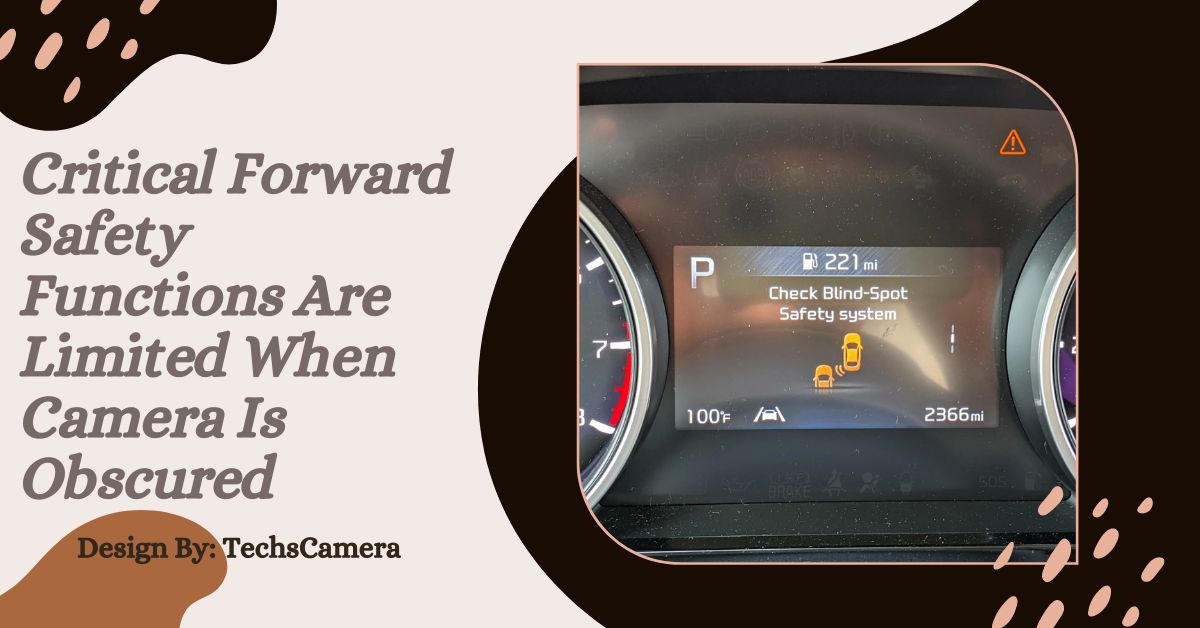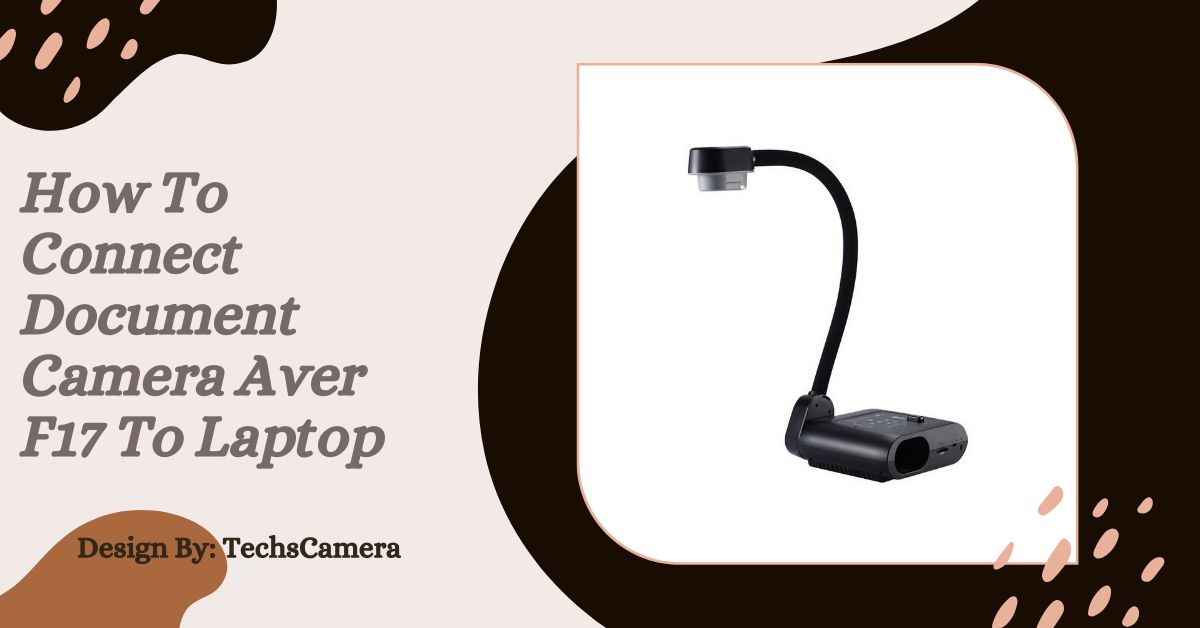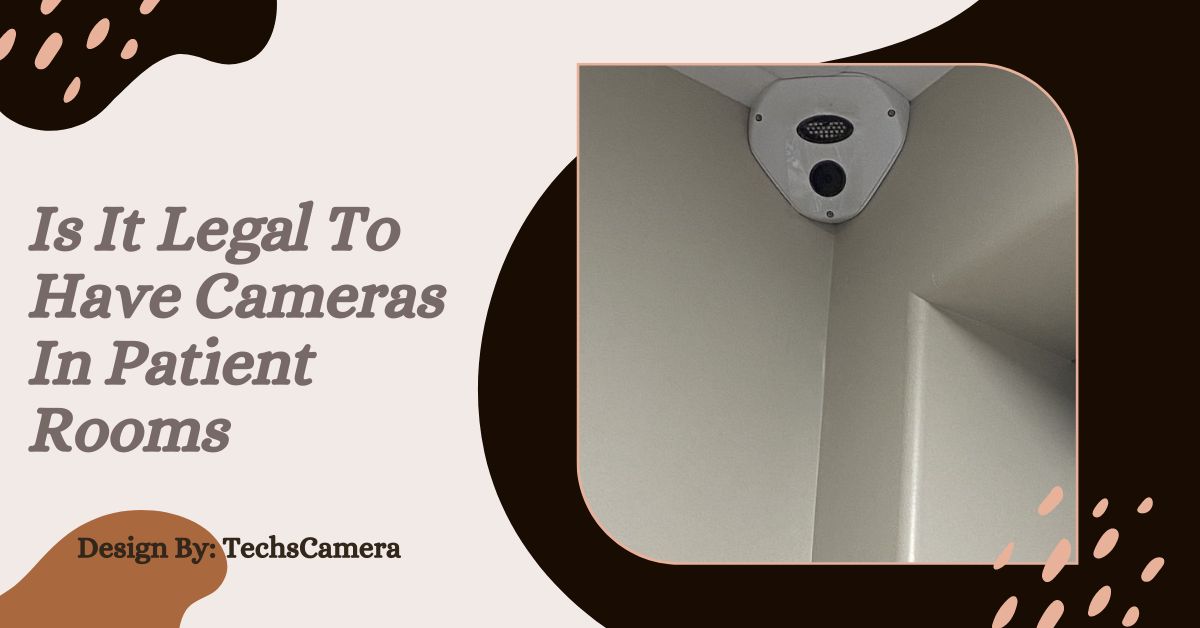Critical forward safety functions, reliant on advanced camera technology, face significant limitations when camera visibility is obstructed or impaired.
In today’s rapidly evolving automotive landscape, ensuring vehicle safety remains paramount. Modern vehicles are equipped with advanced safety systems that heavily rely on sophisticated technologies, particularly cameras, to enhance driver awareness and mitigate potential hazards on the road. However, the effectiveness of these critical forward safety functions can be significantly compromised when camera visibility is obstructed or impaired.
Overview of Critical Forward Safety Functions:

Critical forward safety functions represent a sophisticated suite of technologies designed to operate seamlessly and enhance vehicle safety across various driving conditions. These systems utilize a combination of cameras, radar, LiDAR, ultrasonic sensors, and other advanced technologies to continuously monitor the vehicle’s surroundings.
Cameras, in particular, play a pivotal role by providing real-time visual data that enables the detection of obstacles, pedestrians, lane markings, and other crucial elements essential for safe driving. This visual input is fundamental for the timely issuance of safety alerts and the activation of automated driving interventions, thereby significantly reducing the risk of accidents.
Causes and Consequences of Camera Obstruction:
Camera obstruction can arise from a multitude of environmental factors and conditions encountered during everyday driving. Common culprits include dirt, mud, snow, ice buildup, and physical damage to camera lenses due to debris or accidents. When cameras are obstructed, they may relay distorted or incomplete information to the vehicle’s safety systems.
This compromised data transmission can lead to delayed or inaccurate alerts, diminished effectiveness of collision avoidance systems, and ultimately jeopardize overall road safety. Extensive research underscores the profound impact of camera obstruction on accident prevention, highlighting the critical necessity for robust solutions to mitigate these risks effectively.
Also read: Volvo Camera Is Temporarily Unavailable – Troubleshooting Guide!
Technological Solutions:
Despite the challenges posed by camera obstruction, ongoing technological advancements continue to pave the way for innovative solutions aimed at enhancing vehicle safety.
Advanced Camera and Sensor Technologies:
Manufacturers are relentlessly improving camera technology to bolster visibility and reliability under diverse driving conditions. This includes the deployment of high-definition cameras equipped with superior low-light performance, wider-angle lenses for enhanced coverage, and integrated cleaning systems to maintain optical clarity.
Furthermore, the integration of infrared sensors and thermal imaging technologies further augments visibility in adverse weather conditions, ensuring that safety systems operate optimally regardless of environmental challenges.
Enhanced Sensor Fusion and AI Integration:
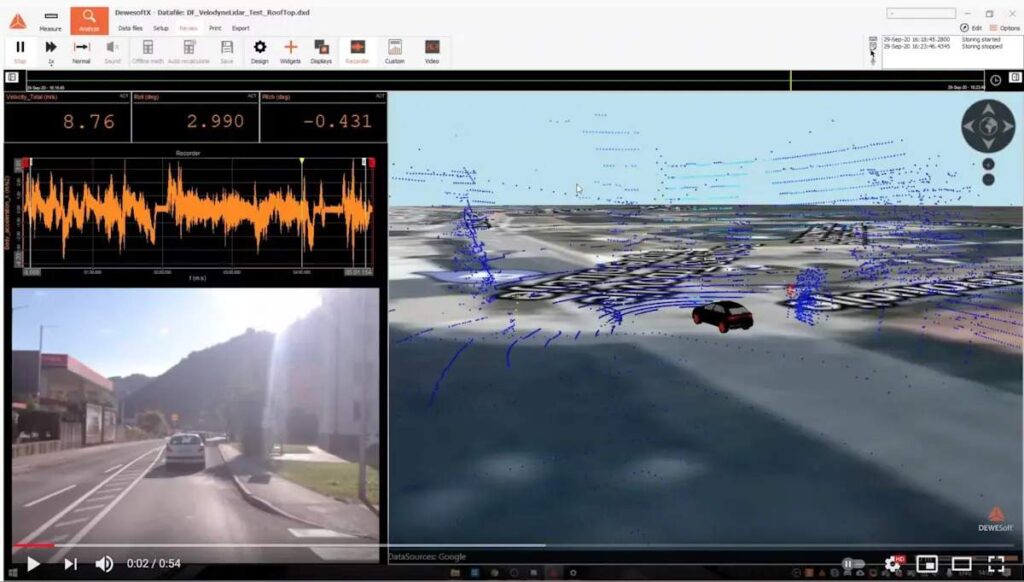
Advancements in sensor fusion techniques are enabling vehicles to seamlessly integrate data from multiple sources, including cameras, radar, LiDAR, and ultrasonic sensors. This holistic approach significantly enhances the accuracy and reliability of hazard detection and response systems.
Artificial intelligence (AI) and machine learning algorithms play a pivotal role in refining the interpretation of sensor data, enabling vehicles to predict and respond to potential dangers swiftly and with unprecedented precision. These technological strides not only improve safety but also pave the way for more autonomous and intuitive driving experiences.
Regulatory and Industry Standpoints:
Regulations governing vehicle safety standards are evolving to address the reliability and efficacy of critical safety functions, particularly those susceptible to camera obstruction.
Regulatory Standards and Compliance:
Government agencies worldwide are implementing stringent standards for vehicle safety systems, mandating specific requirements for camera visibility, system reliability, and performance under varied conditions. Automakers and technology providers are actively collaborating to meet these rigorous standards through comprehensive testing, validation processes, and ongoing compliance measures.
Such concerted efforts are instrumental in ensuring that safety technologies evolve continuously to enhance overall road safety and provide drivers with robust protection mechanisms.
Future Outlook:
The future of vehicle safety technology holds promising developments that are poised to significantly elevate the performance and capabilities of critical safety functions.
Emerging Technological Developments and Trends:
Advances in AI and machine learning are expected to revolutionize vehicle safety by enabling more efficient processing and interpretation of sensor data. Enhanced connectivity through vehicle-to-everything (V2X) communication will facilitate real-time data exchange among vehicles, infrastructure, and even pedestrians, thereby further augmenting overall road safety.
These technological innovations promise to redefine how vehicles interact with their environment and enhance the effectiveness of safety systems in preventing accidents.
Also read: How To Turn Off Vicohome Camera – Complete Instructions!
Impact of Autonomous Driving Development:
The shift towards higher levels of vehicle autonomy will undoubtedly influence the evolution of safety systems. As vehicles become increasingly capable of autonomous operation, safety technologies must evolve to seamlessly integrate with autonomous driving features while upholding stringent safety standards. This integration will ensure that safety systems continue to provide reliable protection, even as vehicles assume more responsibility for driving tasks.
Recommendations for Consumers and Industry Stakeholders:
To optimize the performance of vehicle safety systems and mitigate risks associated with camera obstruction, proactive measures are essential for both consumers and industry stakeholders.
Best Practices for Camera Maintenance:
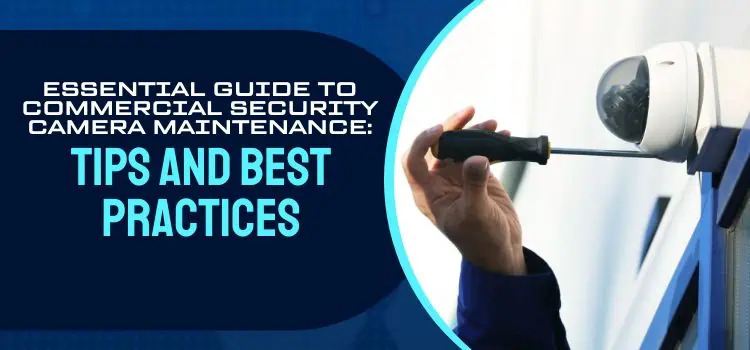
Vehicle owners should adhere to manufacturer-recommended guidelines for regular inspection and maintenance of cameras and sensors. This includes periodic cleaning of camera lenses to remove dirt, debris, and residue, particularly after driving in adverse weather conditions. Routine servicing by authorized technicians ensures that all safety components, including cameras and sensors, function optimally and reliably.
Industry Collaboration and Innovation:
Continuous investment in research and development by automakers, technology developers, regulatory bodies, and academic institutions is crucial for advancing camera technology resilience against environmental challenges and enhancing overall vehicle safety. Collaborative efforts among stakeholders facilitate the rapid development, testing, and adoption of innovative solutions aimed at mitigating the impact of camera obstruction and further improving road safety standards globally.
FAQs:
1. What are critical forward safety functions?
Critical forward safety functions encompass advanced technologies like cameras, radar, LiDAR, and ultrasonic sensors, designed to monitor the vehicle’s surroundings and enhance safety by detecting obstacles and providing timely alerts.
2. What causes camera obstruction in vehicles?
Camera obstruction can result from environmental factors such as dirt, mud, snow, ice buildup, and physical damage to camera lenses due to debris or accidents.
3. What are the consequences of camera obstruction?
When cameras are obstructed, they may transmit distorted or incomplete data to safety systems, leading to delayed alerts, compromised collision avoidance, and reduced overall road safety.
4. How are manufacturers addressing camera obstruction challenges?
Manufacturers are advancing camera technology with features like high-definition cameras, infrared sensors, and integrated cleaning systems to improve visibility and reliability under diverse driving conditions.
5. Why are regulatory standards evolving for vehicle safety systems?
Regulatory standards are evolving to mandate specific requirements for camera visibility and system reliability, ensuring safety technologies meet rigorous performance standards across various driving conditions.
Conclusion:
In conclusion, ensuring unobstructed camera visibility is crucial for the reliability of critical forward safety functions in vehicles. While technological advancements and regulatory standards evolve, addressing camera obstruction through innovation, regulatory alignment, and proactive maintenance practices is essential to enhance road safety and ensure effective safety systems.
